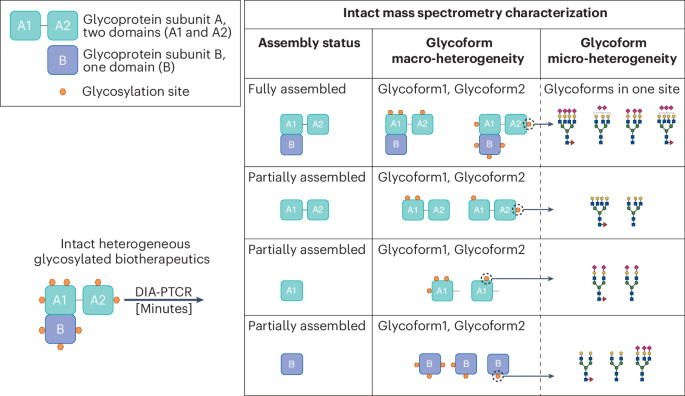
- Select a language for the TTS:
- UK English Female
- UK English Male
- US English Female
- US English Male
- Australian Female
- Australian Male
- Language selected: (auto detect) - EN
Play all audios:
NASA has begun the final assembly stage of its Psyche spacecraft, which will launch in 2022 to investigate a metal-rich asteroid in space. The 140-mile-wide asteroid, also called Psyche, is
located in the asteroid belt between Mars and Jupiter. Scientists think it is made of a mixture of rock and metal, and could have been the core of an early planet. By learning more about how
it was made, researchers might be able to gain insight into how other planets, including the Earth, were formed. On Monday, NASA announced a major part of the spacecraft—the Solar Electric
Propulsion (SEP) chassis—had been delivered to the agency's Jet Propulsion Laboratory (JPL) in Southern California and that final assembly had started. A video below shows the huge
component being delivered to JPL's base in a huge truck, before being transported into the High Bay 1 Spacecraft Assembly Facility. Throughout this year, NASA will finish building
Psyche and put it through a series of tests before its planned launch in August 2022. The SEP chassis was made by Maxar Technologies in California. It is a box-shaped structure about the
size of a van and will end up taking up about 80 percent of Psyche's total mass when the spacecraft is finished. The chassis includes a large 6.5-foot-wide antenna, a frame that will
hold scientific instruments, and protective covers. Lindy Elkins-Tanton, principal investigator of the Psyche mission, said in a statement: "Seeing this big spacecraft chassis arrive at
JPL from Maxar is among the most thrilling of the milestones we've experienced on what has already been a 10-year journey. "Building this complex, precision piece of engineering
during the year of COVID is absolutely a triumph of human determination and excellence." In the Psyche mission overview, NASA says: "Because we cannot see or measure Earth's
core directly, Psyche offers a unique window into the violent history of collisions and accretion that created terrestrial planets." Once Psyche takes off from Earth, it will cruise
toward the asteroid belt for 3.5 years using a solar-electric propulsion system. Maxar said in a statement: "The Psyche spacecraft will travel more than 1 billion miles and arrive at
the asteroid in 2026, where it will spend 21 months orbiting the 140-mile-wide asteroid, mapping it and studying its properties." The asteroid belt is a vast circle of space rocks
orbiting the sun, positioned between Mars and Jupiter. Scientists think the asteroid belt is essentially leftover material from the early processes that formed the planets of the solar
system 4.6 billion years ago. The Psyche mission is led by Arizona State University, and NASA's JPL is responsible for managing the mission.







:max_bytes(150000):strip_icc():focal(89x0:91x2)/heidi_montag180-2-5a4de7bce16046bfa2ad8f795d931d03.jpg)
